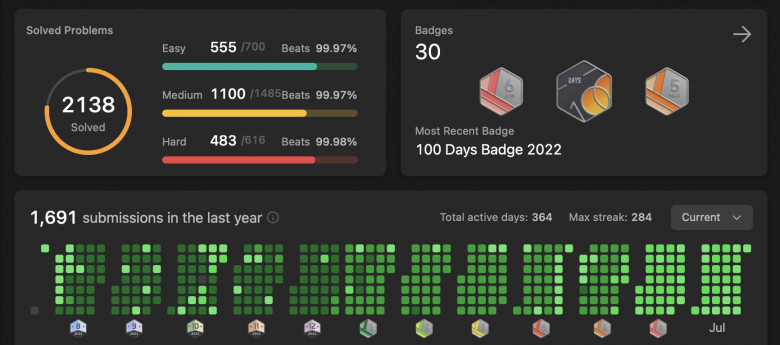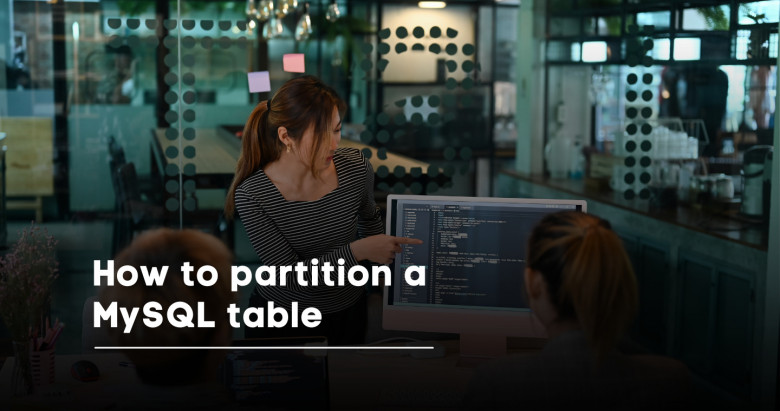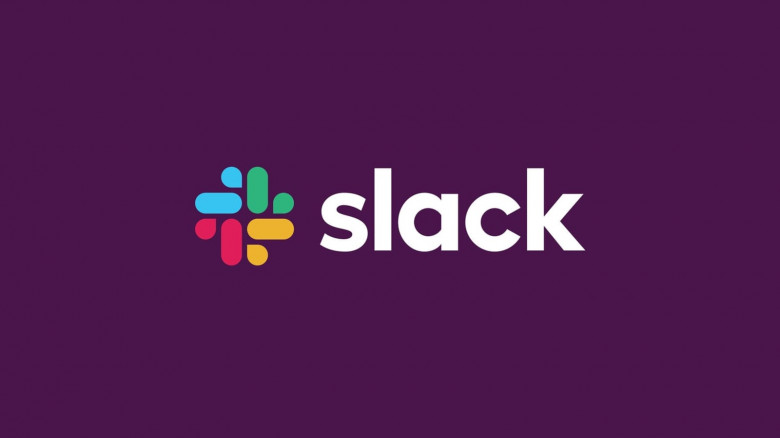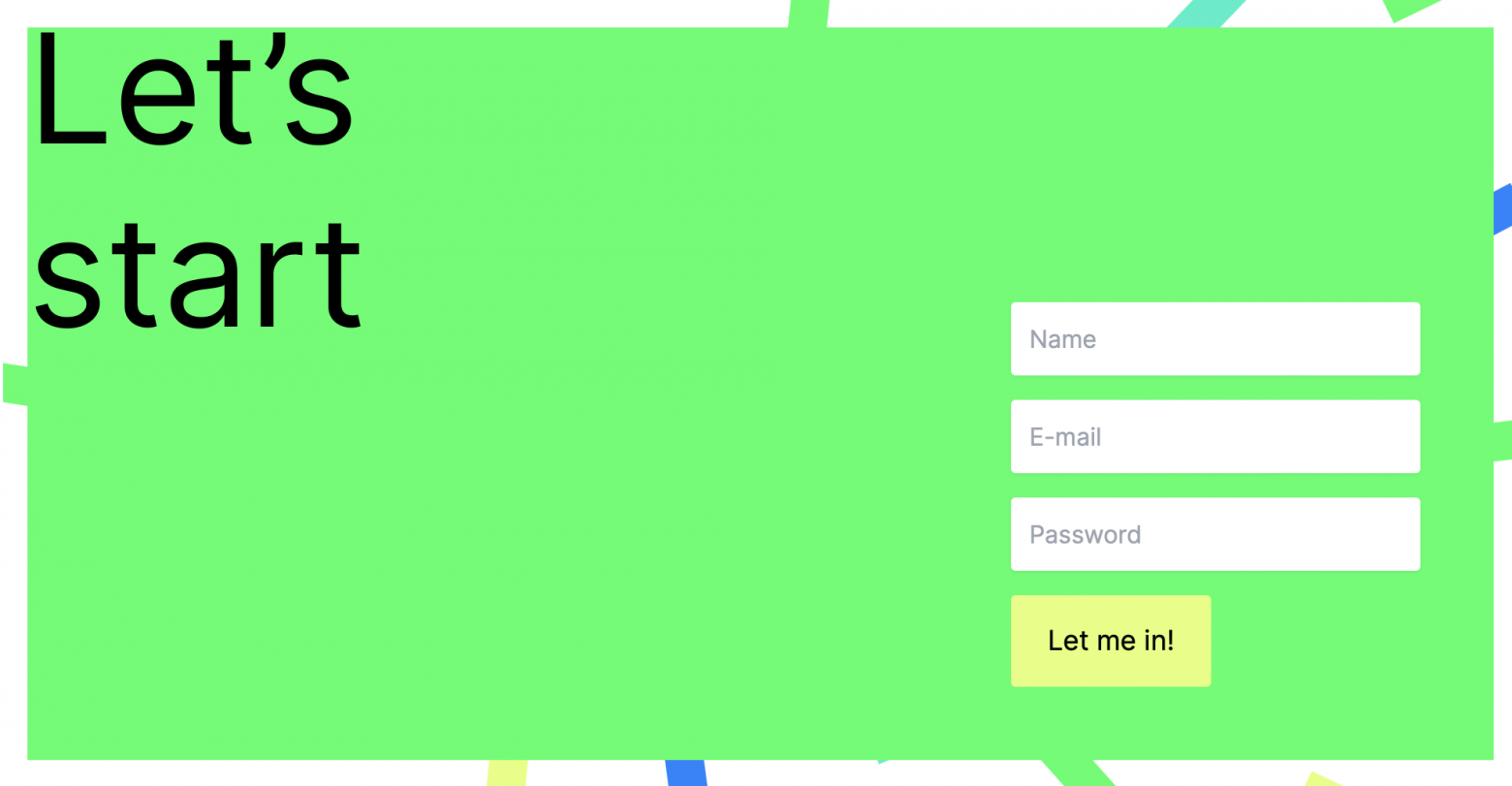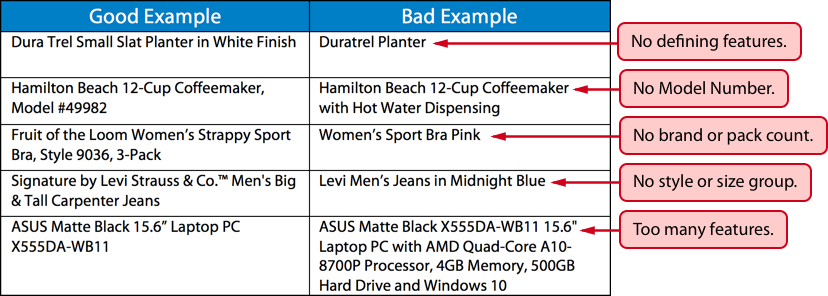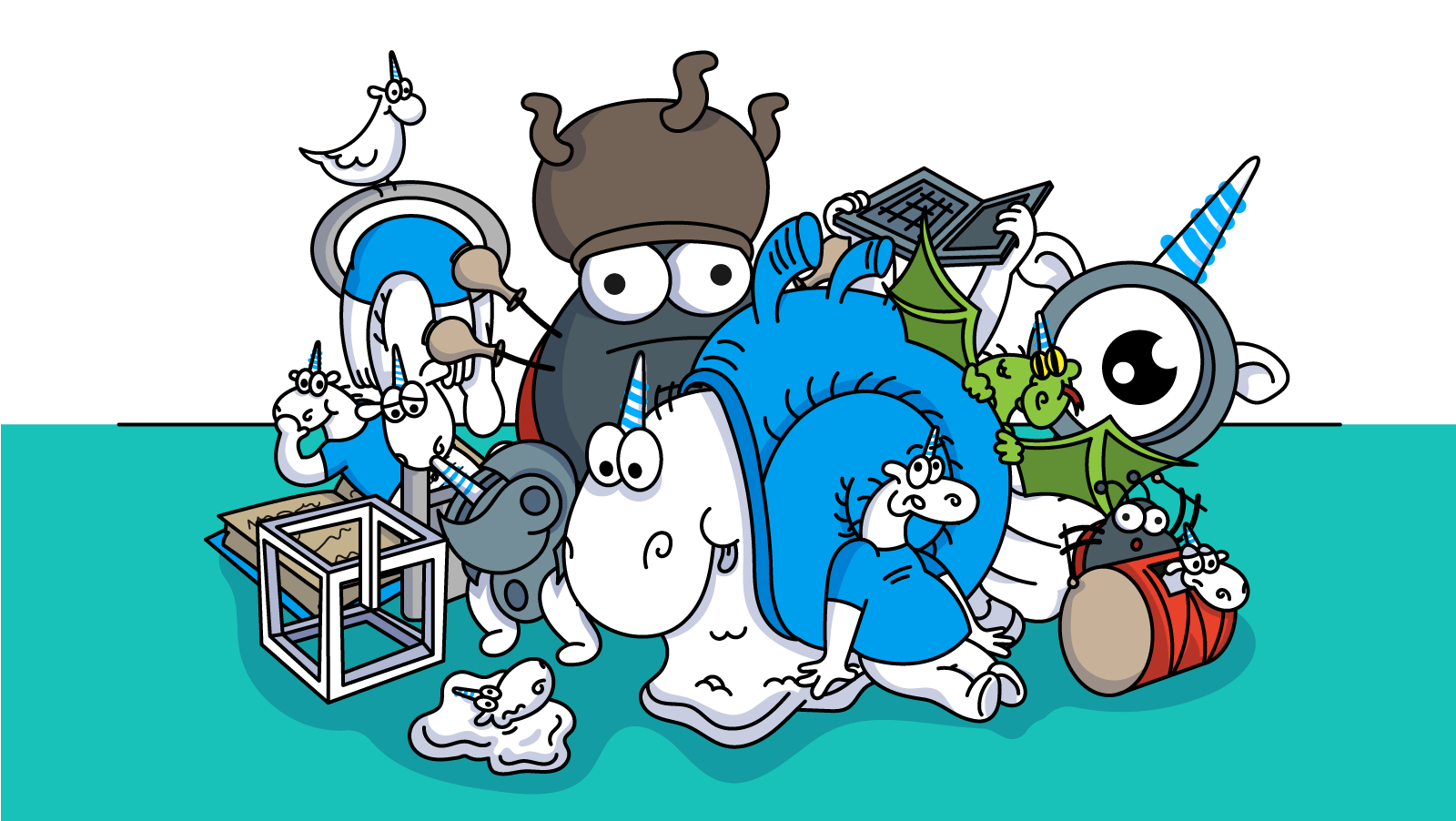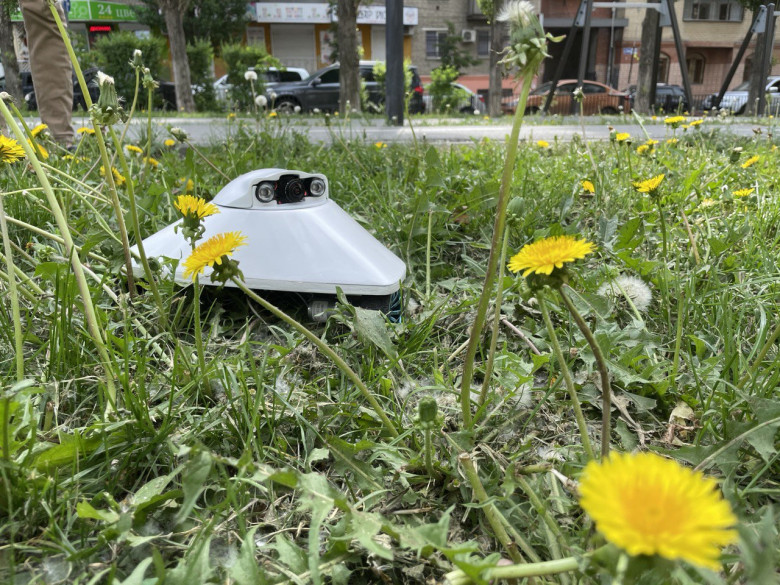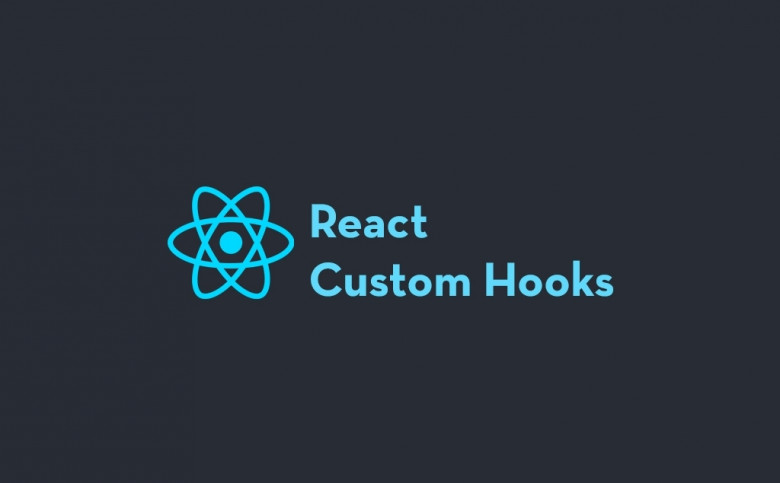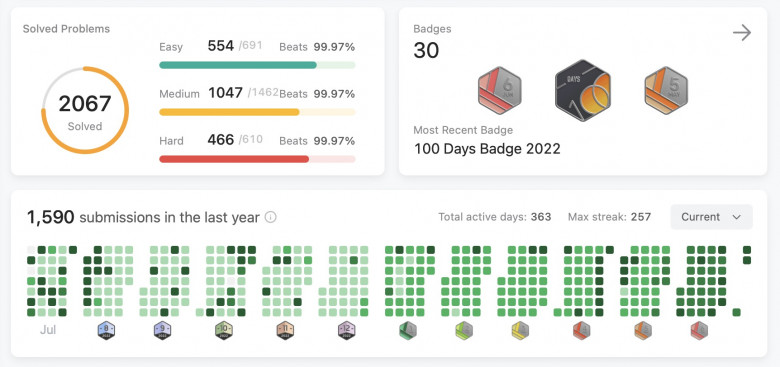iOS Dev Skills. Performance Review

CTO: Balancing Leadership and Architecture.
As a CTO, effective leadership goes beyond technical architecture. Conducting regular performance reviews is a crucial part of managing teams.
Note: The performance review schedule may vary depending on the specific
company's policies and guidelines.
For early-stage startups, lacking CTO expertise in conducting performance reviews is common. In my experience, I've tailored grades to encompass all aspects of professional iOS development, keeping project-specific needs in mind. Being the first in the team can offer significant growth opportunities. However, acknowledging any lack of people management skills and compensating through continuous growth is essential.
I've compiled my insights on structuring the iOS development department, conducting performance reviews, and most importantly, emphasizing the significant distinctions between developers' levels based on well-defined criteria.
